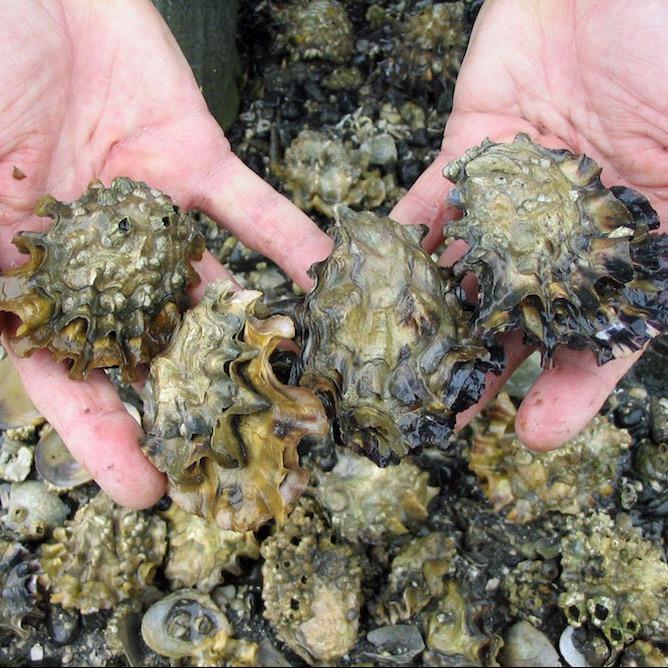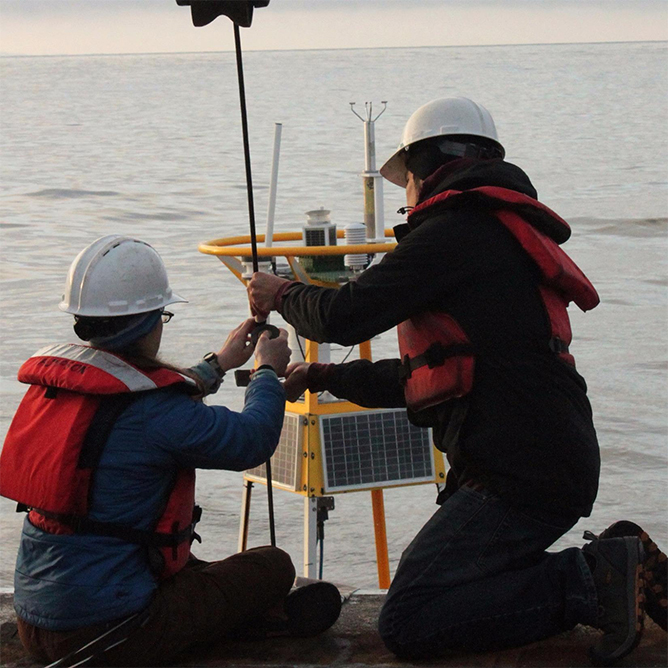Xinping Hu – Texas A&M University
Ocean Acidification on a Crossroad: Enhanced Respiration, Upwelling, Increasing Atmospheric CO2, and their interactions in the northwestern Gulf of Mexico
Why we care
In the coastal ocean, local drivers such as nutrient input and physical oceanographic changes impact the magnitude of short-term variations and long-term trends in ocean acidification. The Gulf of Mexico’s coral reefs and banks are ecologically sensitive to changing ocean chemistry. Decadal acidification has been observed in the Northwestern Gulf of Mexico, linked more strongly to biological production of carbon dioxide than uptake of human-emitted carbon dioxide. Whether the observed acidification in this region represents a short-term phenomenon or a long-term trend is unknown. This project maintains critical ocean acidification monitoring in a region with impacted habitats and species.
What we are doing
This project will test the hypothesis that enhanced atmospheric carbon dioxide, nutrient input, and upwelling will cause the continental shelf-slope region in the Northwestern Gulf of Mexico to acidify faster than other tropical and subtropical seas. The research team will incorporate observations from new large-scale surveys into oceanographic and statistical models that predict variation in ocean acidification over space and time.
Benefits of our work
The outcomes of this project will meet the long-term goal of optimizing ocean acidification monitoring in the Northwestern Gulf of Mexico and will document methodology that can be used in similar efforts in the future. This project will examine an area in the poorly understood Gulf of Mexico Large Marine Ecosystem, produce the first ever high-resolution dataset in surface and subsurface waters, and direct the future deployment of in-situ monitoring devices in this ecologically and economically important region.


